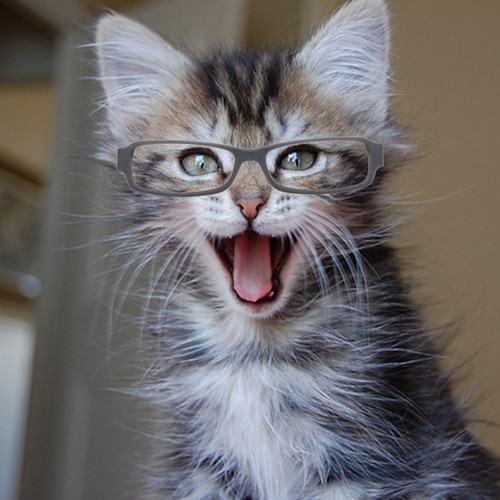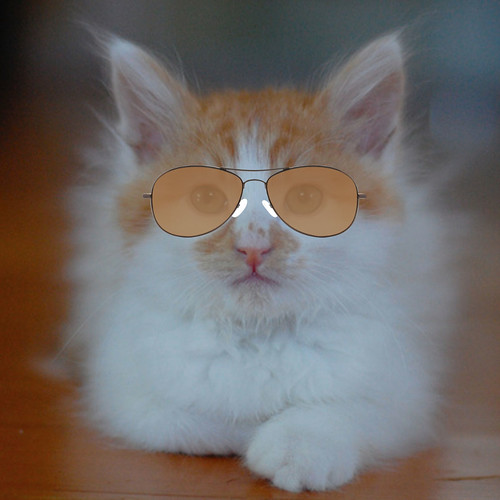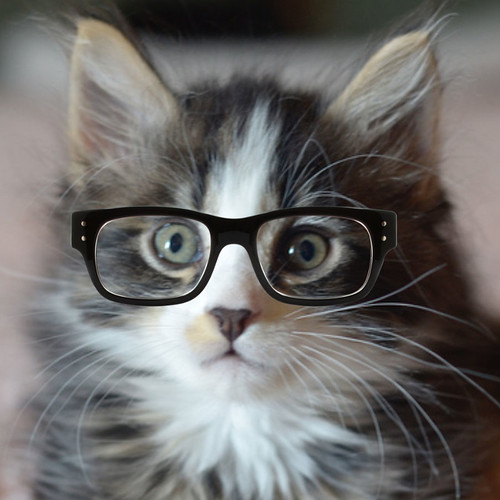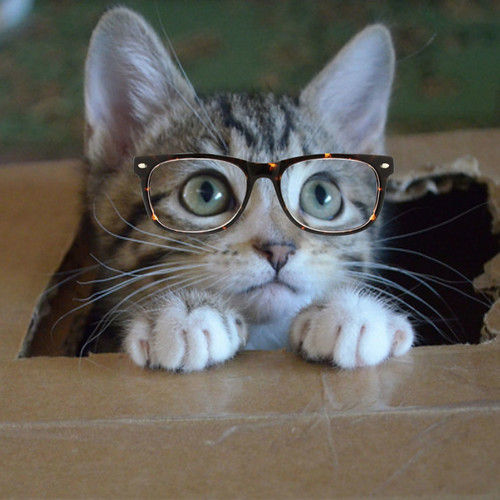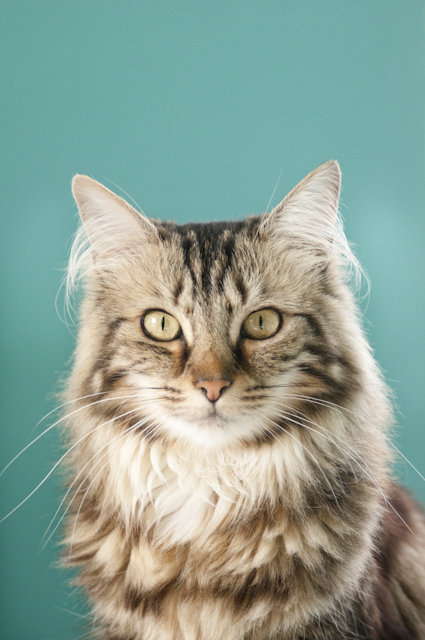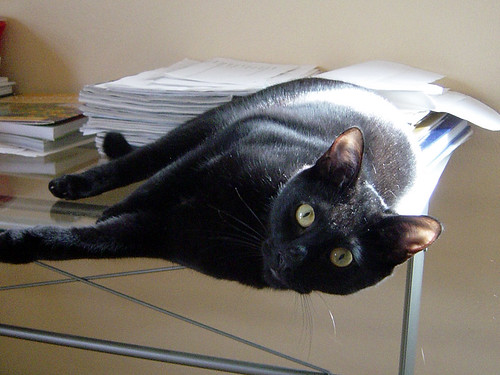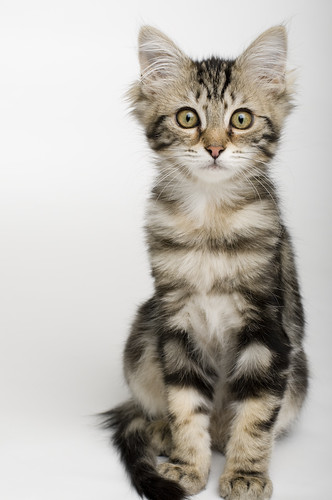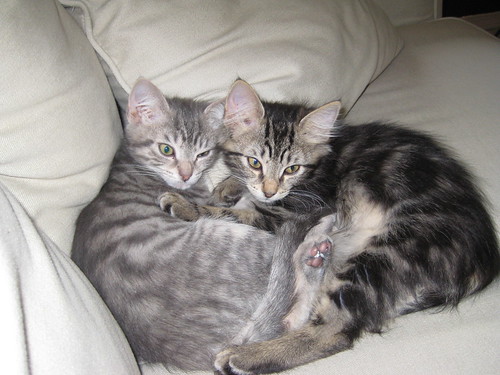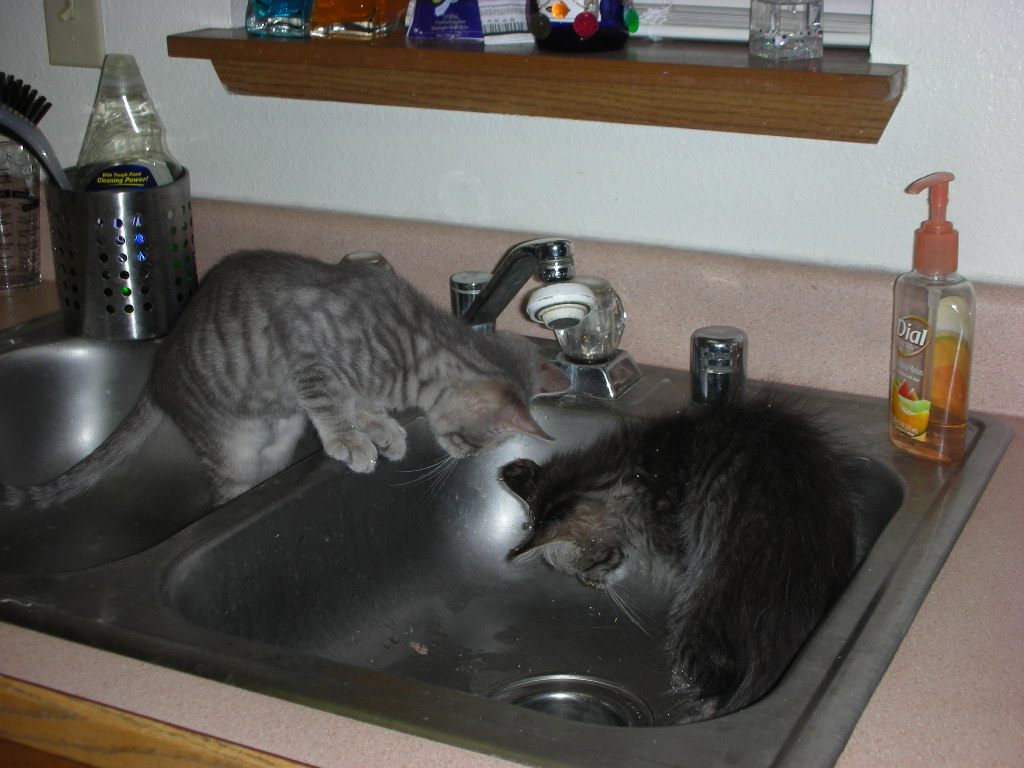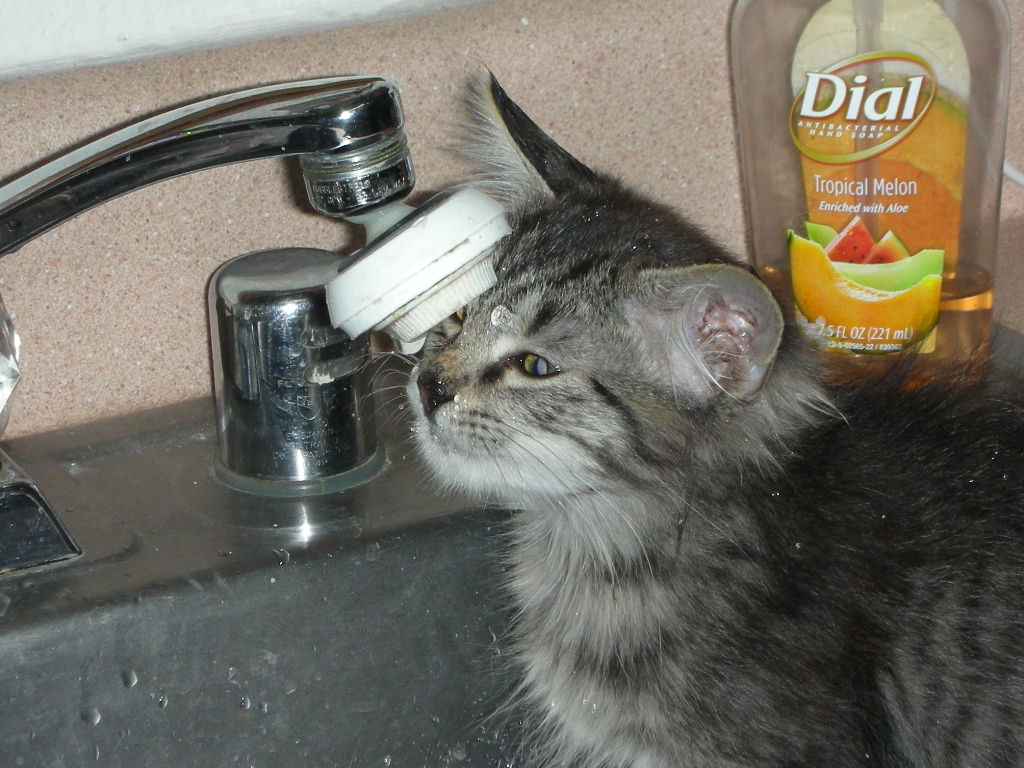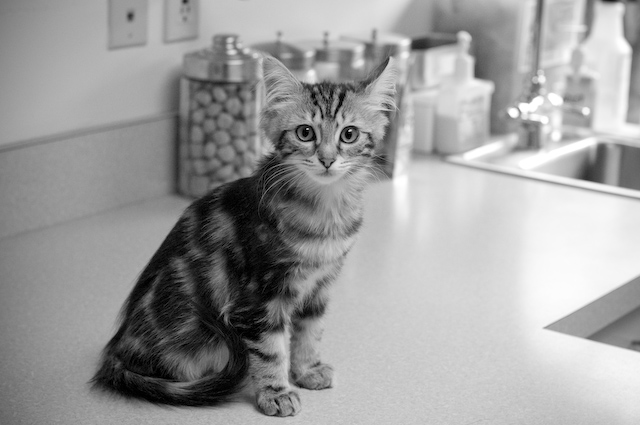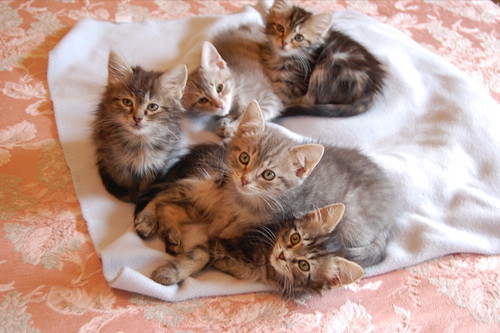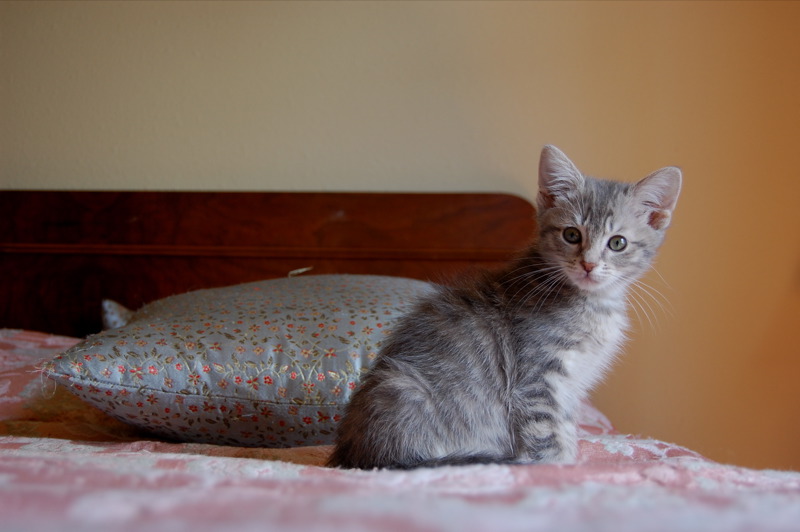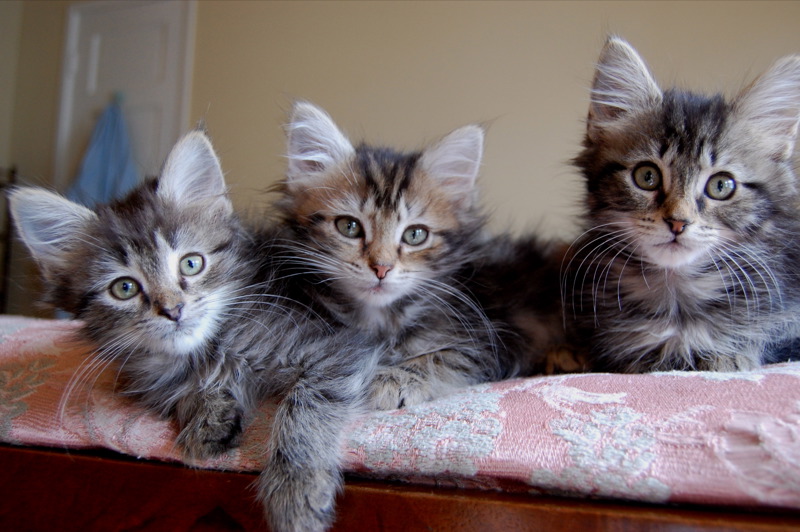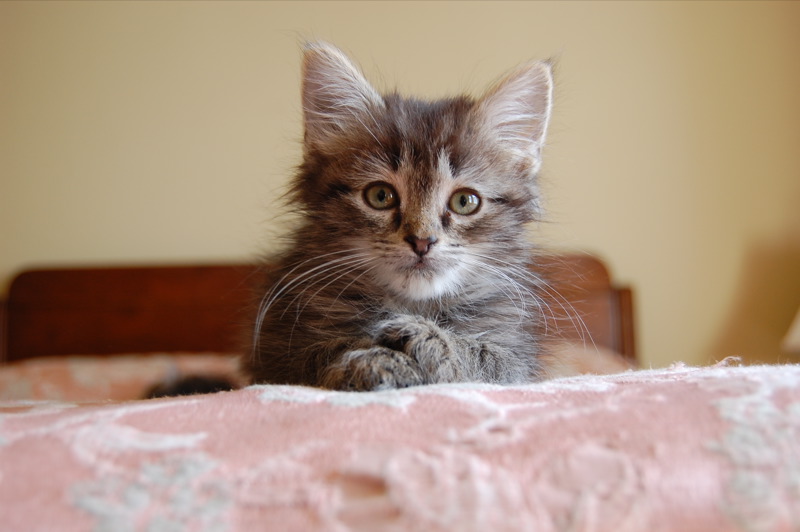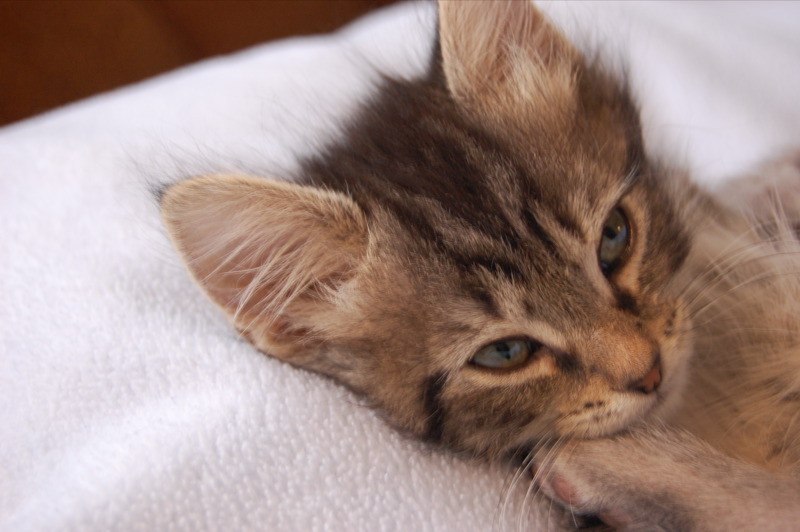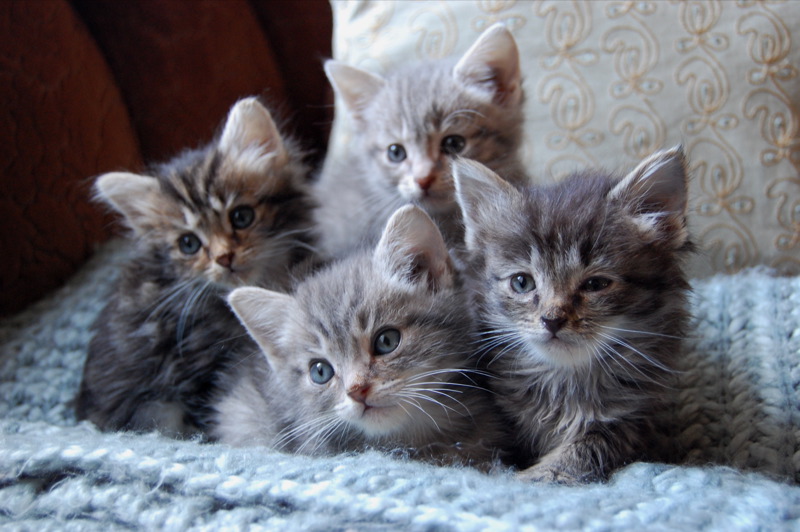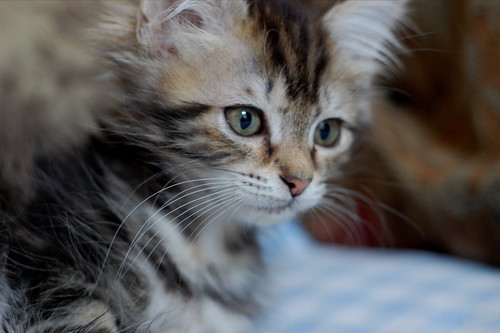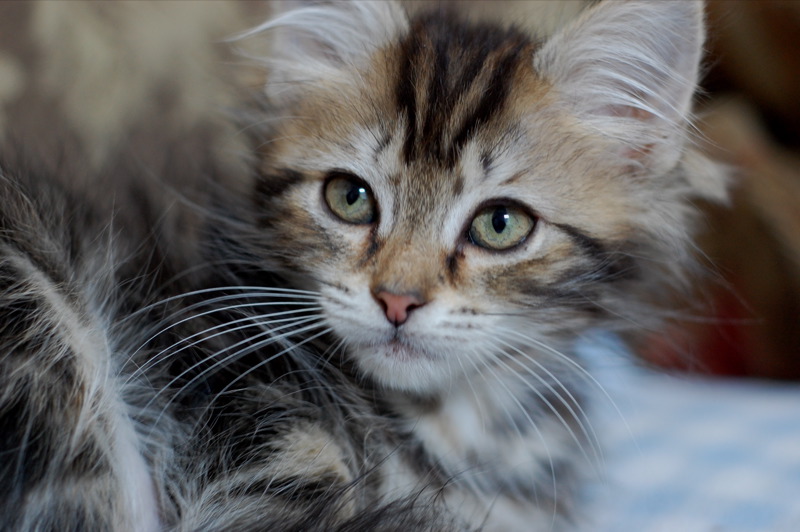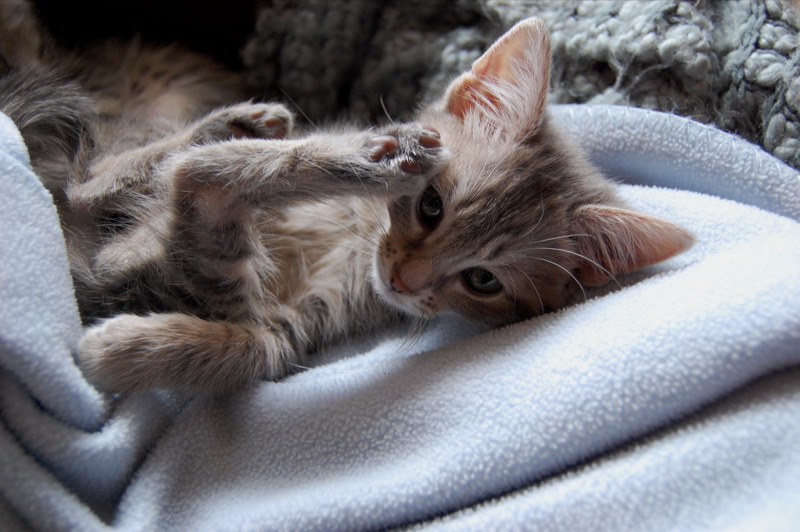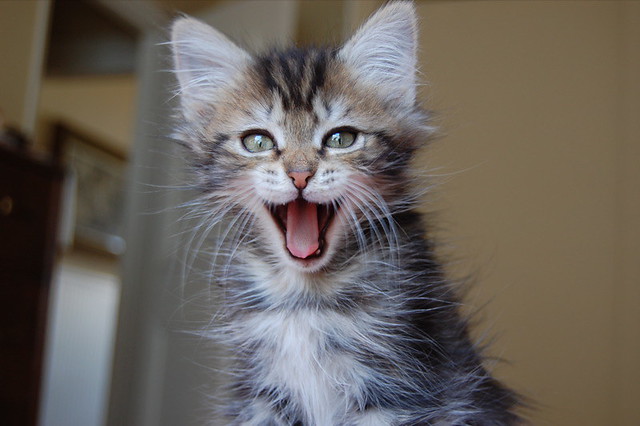
1. Don’t miss that moment! Keep your phone/camera handy and understand how to work the features so you can act fast. When Kitty is doing something adorable, the scene can change in a second! Be prepared by having your camera close, charged, and ready to go! And make sure there’s plenty of storage left, too. When you’re in the middle of snapping photos, you don’t want to stop everything to delete old images off of the card.
2. Timing is of the essence! The best time to capture your cat is when he’s in a calm and relaxed state. Try to catch him when he’s winding down or waking up, not in the middle of a high-energy burst.
3. Comfort is key! A comfortable home, means a happy cat, which makes for the very best photos. For a few tips on creating a more enriching environment for your cat, please give this article on MyPetReference.com a read.
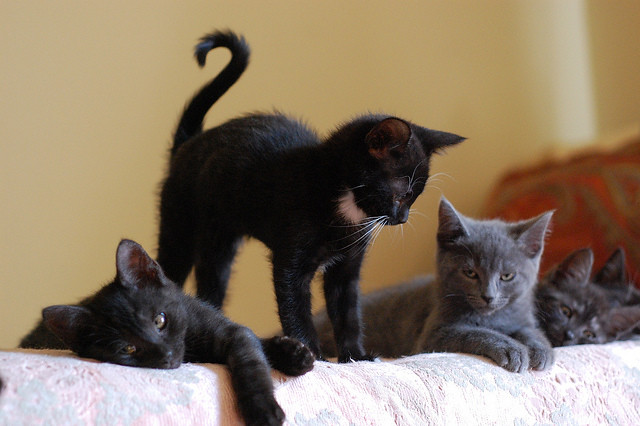
4. Be respectful and don’t force your cat to do something he doesn’t want to do — that uncomfortableness will show in the photos. Know when enough is enough. If the tail starts swishing, and the cat seems annoyed, move along.You don’t want a photography session to become a negative thing, it should be easy and enjoyable for all parties involved.
5. Get rid of the clutter and keep the background clean! Consider where you’re photographing the cat and do a little editing first. Move that basket of laundry or pile of mail out of the background to get a cleaner shot.
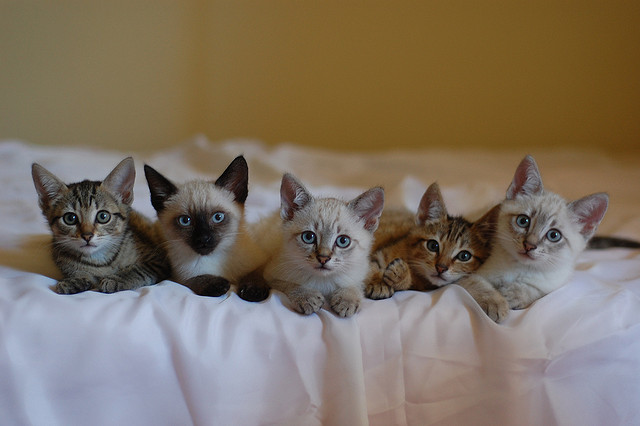
6. Turn off the flash and shoot in natural, indirect light. Camera flashes can be startling and unpleasant for cats. Do some experimenting and find the places in your home that offer the best lighting scenario, and try to shoot there.
7. Get their attention with sound and not movement. I’ve found a crinkly toy works best for getting them to look towards the camera. Waving a toy, like a feather wand, can get them too exited, and encourage them to move. You want to capture their attention, not excite or over-stimulate them.
8. Get down on their level and shoot from their point of view rather than shooting them from above.
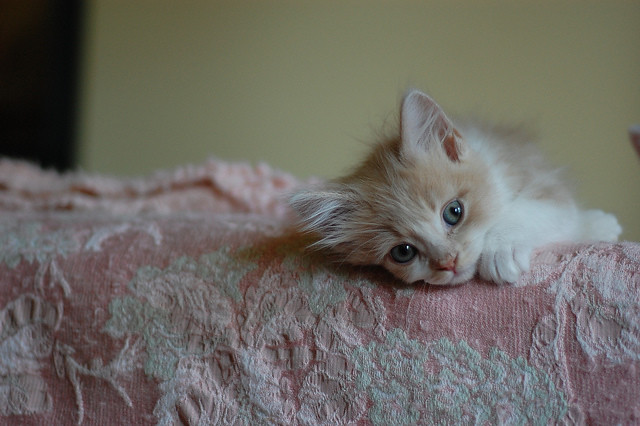
9. Take lots of photos and edit it down to a few good ones. Digital cameras and camera phones allow us to shoot an unlimited number of pictures. Make as many mistakes as you need too, delete those, and keep the best few.
10. Edit out the imperfections. Once you’ve imported your photos, use your photo editing software to clean up any mistakes you’ve made. Remove the crusty bit in the corner of Kitty’s eye with the retouch tool, adjust the exposure if it’s a little dark, or crop the photo for a more compelling composition. These programs are easy to learn and can really enhance your photos.
And when you’re all done with the photographing your cat, a little positive reinforcement is always good. We don’t give Wylla and Charlene “treats", instead offer them a few morsels of their regular food, Royal Canin Feline Care Nutrition Light Adult Dry Cat Food. When it’s given like this, out of it’s normal context, along with some soft words and a few scratches to the ears, it feels like a “treat” to them. It’s a nice way to say “Job well done!” and end it all on a high note.

